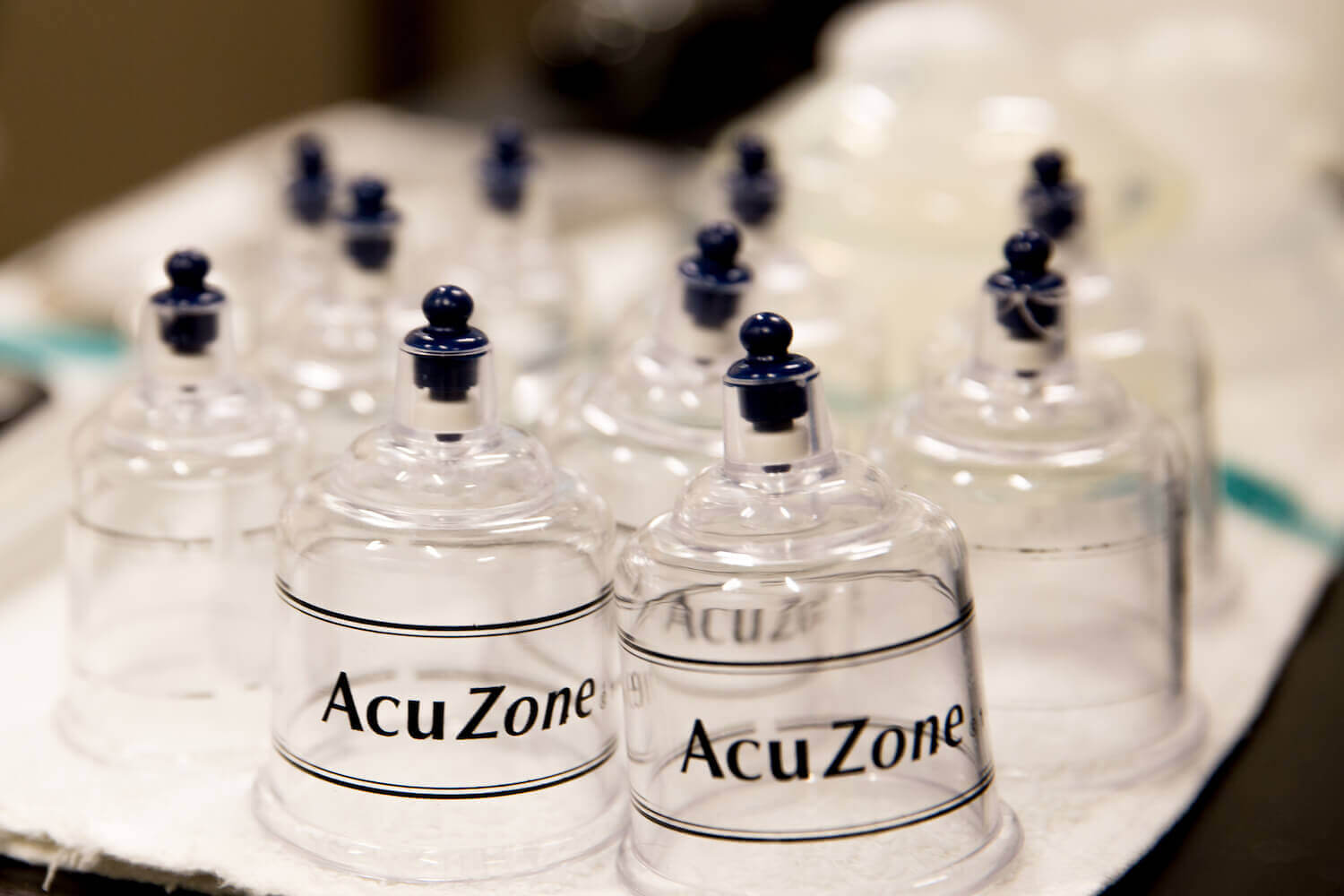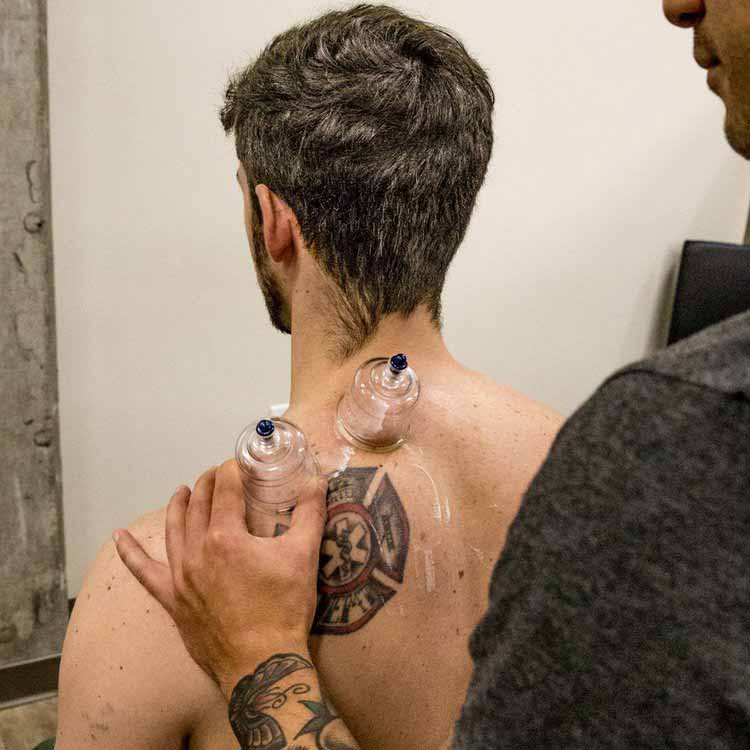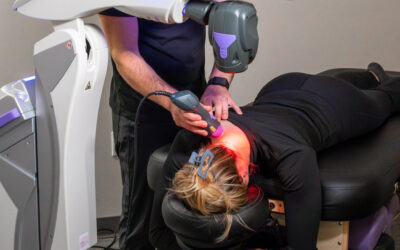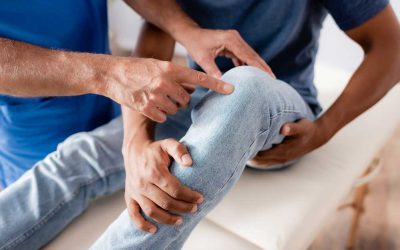 Cupping is an ancient technique that has been relied upon for its proven track record of pain relief. Because chiropractors are trained in the soft tissues and how to effectively heal them using holistic techniques, cupping is often part of a chiropractic treatment plan to end back pain and promote strong soft tissues.
Cupping is an ancient technique that has been relied upon for its proven track record of pain relief. Because chiropractors are trained in the soft tissues and how to effectively heal them using holistic techniques, cupping is often part of a chiropractic treatment plan to end back pain and promote strong soft tissues.
Adding cupping to chiropractic care can deliver an impactful outcome, ending back pain at the source of the problem. This comprehensive approach helps speed up recovery and efficiently gets the back strong, stable, and supportive.
In this post, we’ll go over:
• What cupping is
• How cupping works
• How cupping can reduce back pain
• The benefits of cupping for the back
• And more
Cupping to help end back discomfort is used on patients of all backgrounds and lifestyles. It’s safe, natural, and gets successful results.
So, is cupping for you? Let’s get your questions answered and find out.
WHAT IS CUPPING?
Cupping is a traditional Chinese method of healing offered by healthcare professionals. By placing cups on the skin over affected areas, suction is created, and the skin is gently lifted up.
The cups can sit in place for a period of time, called static cupping, or they can be slid over the skin while retaining their suction, called dynamic cupping. Depending on the patient and their goals and needs, the service can be done with varying levels of force, making it extremely therapeutic for deep tissue repair or more moderate for a relaxing, restorative session.
HOW DOES CUPPING WORK?
Manual therapy for the soft tissues generally offers downward pressure on the body. Cupping works the opposite way by lifting the tissues up. The force of the suction generates minuscule injuries to the blood vessels, and the body reacts by sending support in the form of blood and oxygen. The process allows fluids to easily and systematically travel to the location of the injury (where the cupping is being performed), and natural healing commences.
WILL CUPPING HELP END MY BACK PAIN?
Cupping isn’t for everyone, so your chiropractor should discuss your options after thoroughly assessing your injury and pain points.
If cupping is a recommended treatment for you, it can quickly get your back pain under control. Your plan may start with one or two weekly sessions and lessen over time. Many patients find that combining complementary chiropractic services garner a quicker outcome.
Cupping can help many kinds of people manage their back discomfort, including:
• Athletes
• Those recovering from an athletic event
• Chronic pain patients
• Those suffering from various severities of back pain and low back pain
• Patients involved in an auto accident or other trauma
• And many others
Cupping has been proven to relieve pain and encourage proper function in the back. The cups promote oxygen-rich blood flow to the skin’s surface, stimulating an organic recovery, as muscle pressure is alleviated and healthy cell regeneration is enabled.
WHAT TO EXPECT DURING & AFTER CUPPING TREATMENTS
 Let’s start this section with the number one question: does cupping hurt?
Let’s start this section with the number one question: does cupping hurt?
Generally, cupping should not hurt; however, you’ll likely notice a pull on the skin, and that’s normal. In our clinics, we’ve seen patients fall asleep during the treatment, and we’ve seen patients become energized during the treatment. Everyone reacts differently.
Open dialogue throughout your healing treatments is key to your success; to ensure you feel comfortable through each step, be sure to speak up about any concerns.
After your cupping therapy, you may experience any number of side effects, including:
• Mild discomfort in the targeted area
• Bruises
• Redness and swelling
• Lethargy (sleepiness)
• Dizziness or nausea
These effects are common and won’t last long; however, if you’re uneasy in any way, please reach out to your chiropractor to ensure your safety and get the peace of mind you’re looking for.
BENEFITS OF CUPPING FOR THE BACK
Organic methods of healing and maintaining health are safe and responsible. Cupping is no different. It offers several benefits other than pain relief.
Some of the most common benefits of cupping include:
• Restores body balance and function
• Resolves chronic muscle tightness or knots
• Improves circulation
• Reduces scar tissue
• Eases lymph flow
• Treats and manages pain
• Reduces swelling and inflammation
• Reduces skin disorders such as eczema and acne
• Improves blood pressure
• Relieves headaches, including migraines
• Improves symptoms associated with allergies
• Helps with anxiety and depression
• Improves sleep quality
CUPPING TO END YOUR BACK PAIN AT TANGELO
At Tangelo, we’ve seen cupping increase and improve upon the body’s performance. When we’re physically balanced, we can think better, work harder, and enjoy life as we’re meant to.
Let’s get your back pain under control and keep it that way. Our Seattle chiropractic clinics and our Portland chiropractic clinic have the safe, effective solutions you’re looking for.
Contact us today; let’s get going.


